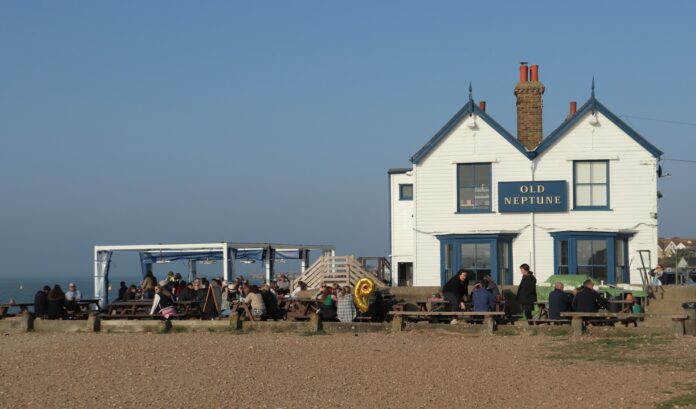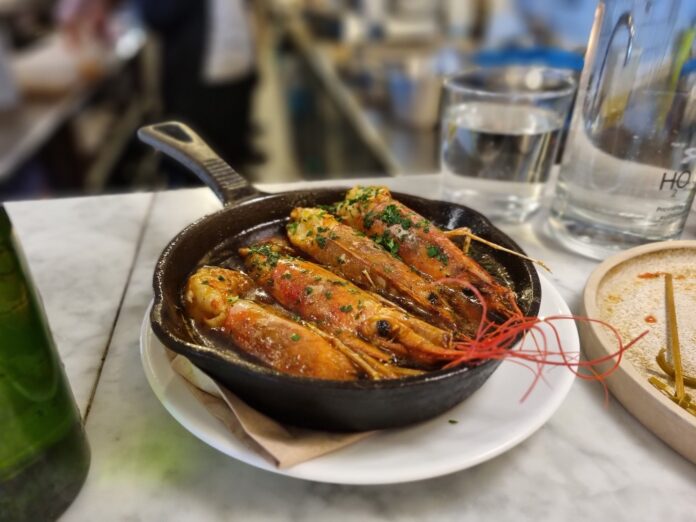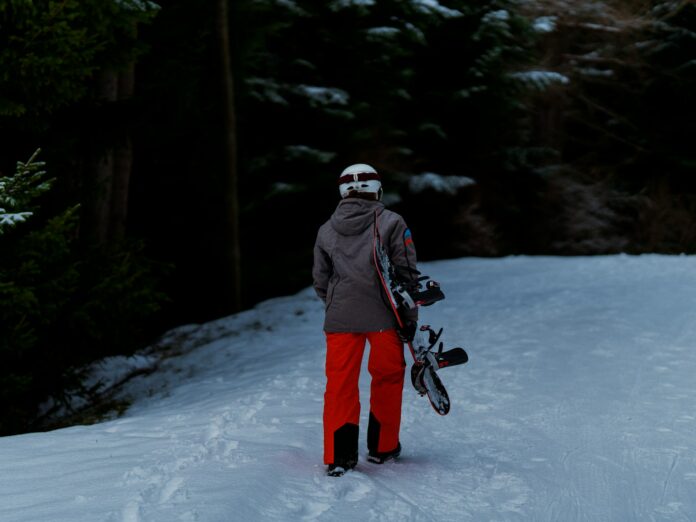Landing in Tokyo for the first time feels like stepping into the future while simultaneously touching down in one of the world’s most historic capitals. This megalopolis of 37 million people (yes, we know it depends where you draw the lines) can seem impossibly vast and complex to newcomers, with its web of train lines and distinct districts each offering their own unique flavour of Japanese life. The choice of where to base yourself will fundamentally shape your experience of the city.
Many first-time visitors default to the obvious choices – the bright lights of Shinjuku or the famous crossing of (hide your tattoos in) Shibuya – without realising that Tokyo offers numerous alternatives that might better suit their travel style. The perfect neighbourhood can provide a welcoming haven after a day of exploration, or serve as an exciting launchpad for urban adventures. It’s worth taking the time to understand the character of each district before making your decision.
From the traditional charm of Asakusa to the creative spirit of Shimokitazawa, from the refined elegance of Marunouchi to the youthful energy of Shibuya, each neighbourhood tells its own story. Understanding these distinct personalities will help you find your ideal home base in this fascinating city.
Shinjuku: The Dynamic Heart
Ideal for: Night owls who live for neon lights and endless energy
Shinjuku embodies the Tokyo of your imagination – towering skyscrapers, neon-bathed streets, and an energy that crackles through the air. Base yourself here if you want to experience the city at its most intense. The area surrounding the world’s busiest railway station seamlessly blends business and pleasure, with the peaceful Shinjuku Gyoen gardens providing a necessary counterpoint to the frenetic pace outside.
The district’s western side houses countless izakayas and the famous Golden Gai, a network of narrow alleyways hosting over 200 tiny bars. Hotel-wise, you’re spoilt for choice, from the iconic Park Hyatt (of Lost in Translation fame) to stylish business hotels.
Insider tip: Skip the tourist-heavy restaurants and head to the basement floor (B1) of Shinjuku Station’s Keio Department Store, where you’ll find an incredible selection of ready-to-eat Japanese delicacies at local prices.
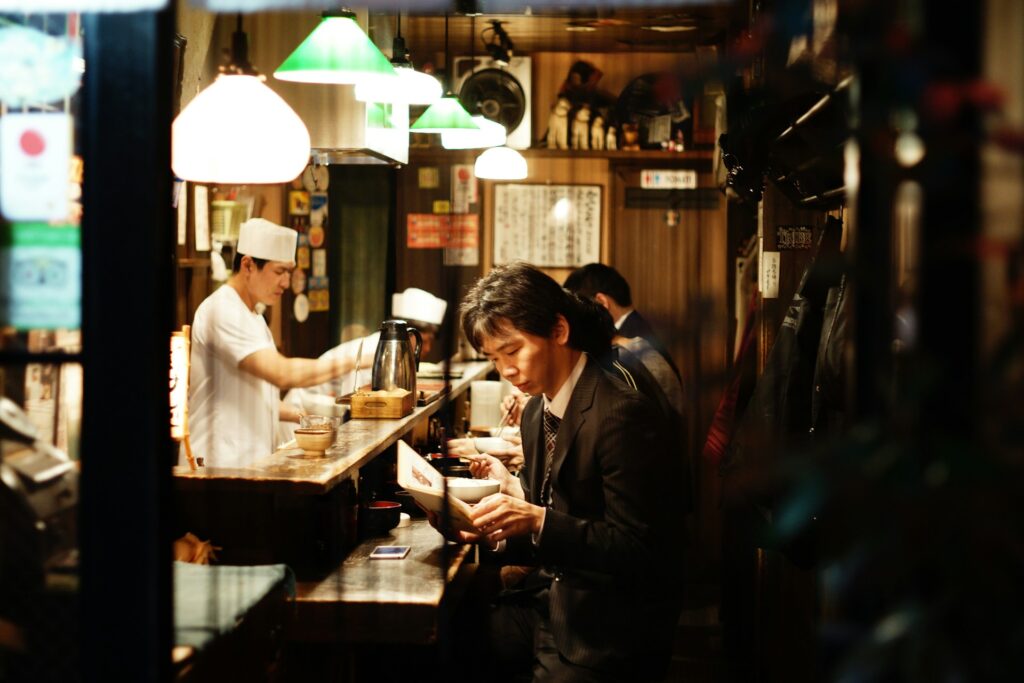
Shibuya: Youth Culture Central
Ideal for: Fashion-forward souls who chase the next big thing
While most know Shibuya for its famous crossing, this neighbourhood offers far more than its pedestrian scramble. The area pulses with young energy, making it perfect for travellers keen to dive into contemporary Japanese culture. The backstreets of Harajuku, particularly Cat Street, showcase independent boutiques and cafés that feel worlds away from the tourist-heavy Takeshita Street. The recently developed Miyashita Park adds a modern edge, while the serene Meiji Shrine provides spiritual balance.
Insider tip: Visit Nonbei Yokocho (‘Drunkard’s Alley’) after sunset – this narrow lane of tiny bars offers a more authentic and intimate evening experience than Shibuya’s main strips.
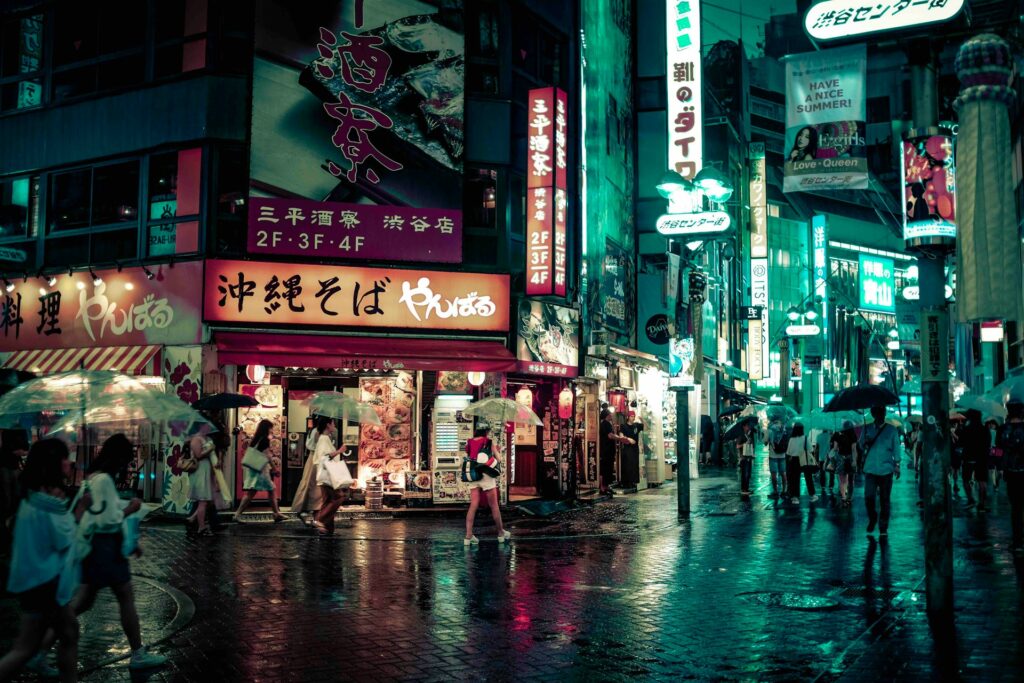
Asakusa: Old World Charm
Ideal for: Romance seekers yearning for old-school Japanese vibes
Step back in time in Asakusa, where old Tokyo’s spirit lives on. Centred around the ancient Sensō-ji Temple, this district offers a gentler introduction to the city. The area’s lower-rise buildings and traditional architecture create a more manageable scale for first-timers who might find areas like Shinjuku overwhelming.
Here, you can wander down Nakamise Shopping Street, sampling traditional snacks and purchasing authentic crafts, while rickshaws trundle past. The nearby Sumida River adds another dimension, with pleasure boats offering unique city views. Accommodation tends toward boutique hotels and ryokan, perfect for those seeking an authentic experience.
Insider tip: Rise early to catch the morning prayers at Sensō-ji around 6:30 am – you’ll have the normally crowded temple almost to yourself and witness a genuine slice of local life.
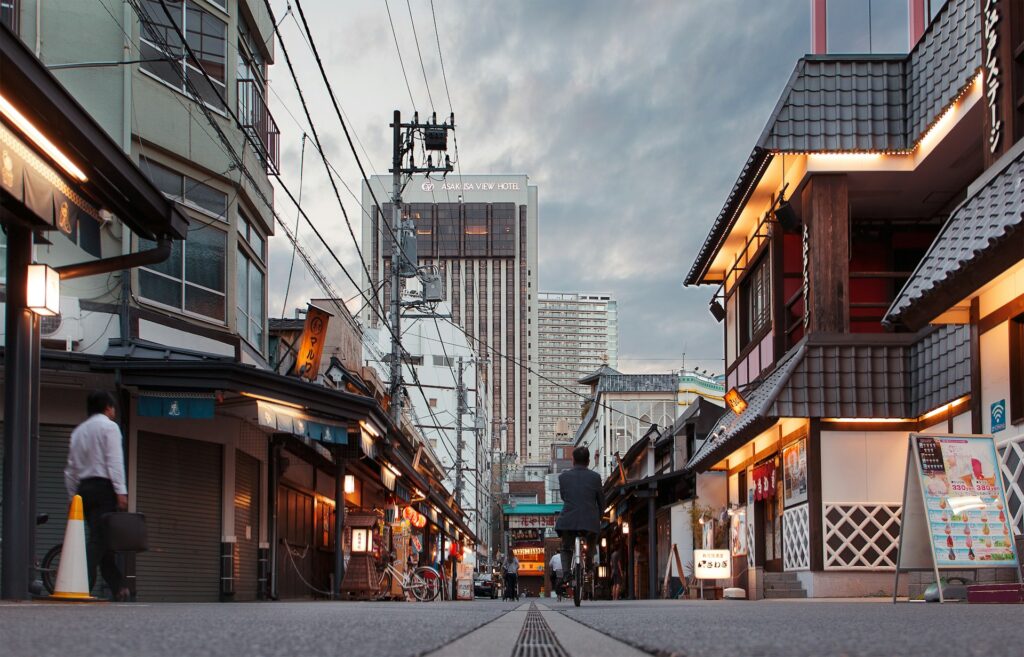
Roppongi: Cosmopolitan Sophistication
Ideal for: Culture vultures with a taste for the high life
Once solely known for its nightlife, Roppongi has evolved into a sophisticated cultural hub. The Roppongi Hills and Tokyo Midtown complexes house world-class museums, including the Mori Art Museum and 21_21 Design Sight. The area’s international atmosphere makes it particularly welcoming for foreign visitors, with English widely spoken in restaurants and shops. The central location and excellent transport links make it ideal for exploring other parts of the city.
Insider tip: The often-overlooked Nogizaka area, just a short walk from Roppongi, offers excellent small galleries and cafés without the tourist crowds.
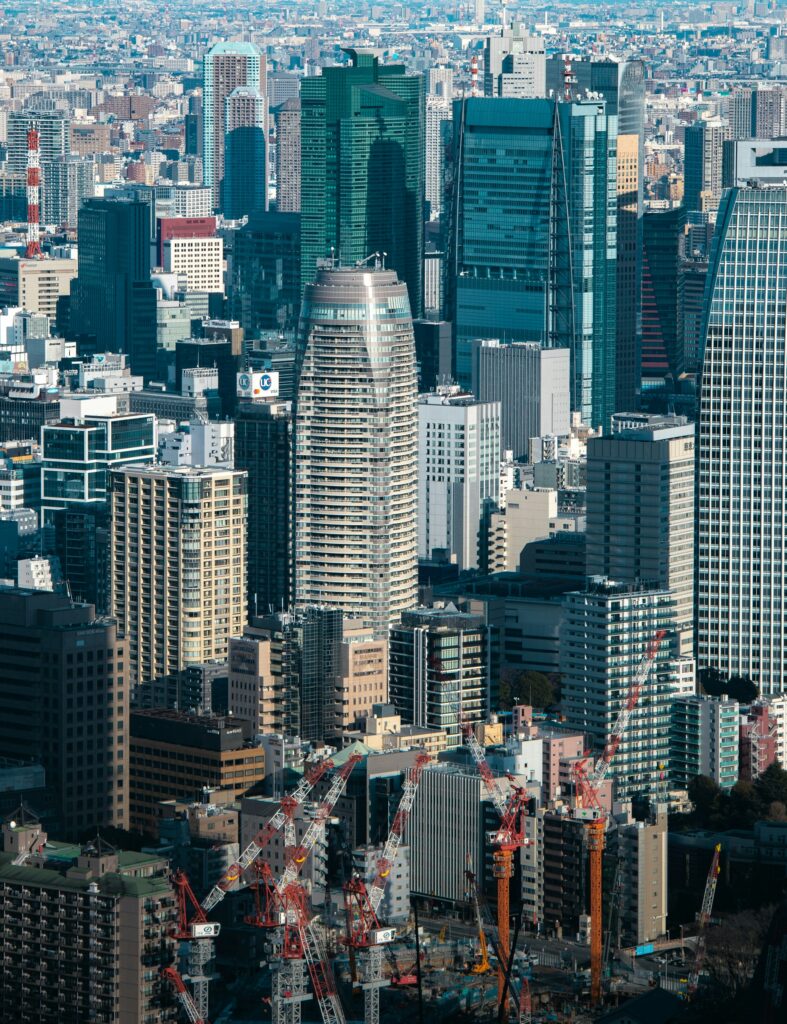
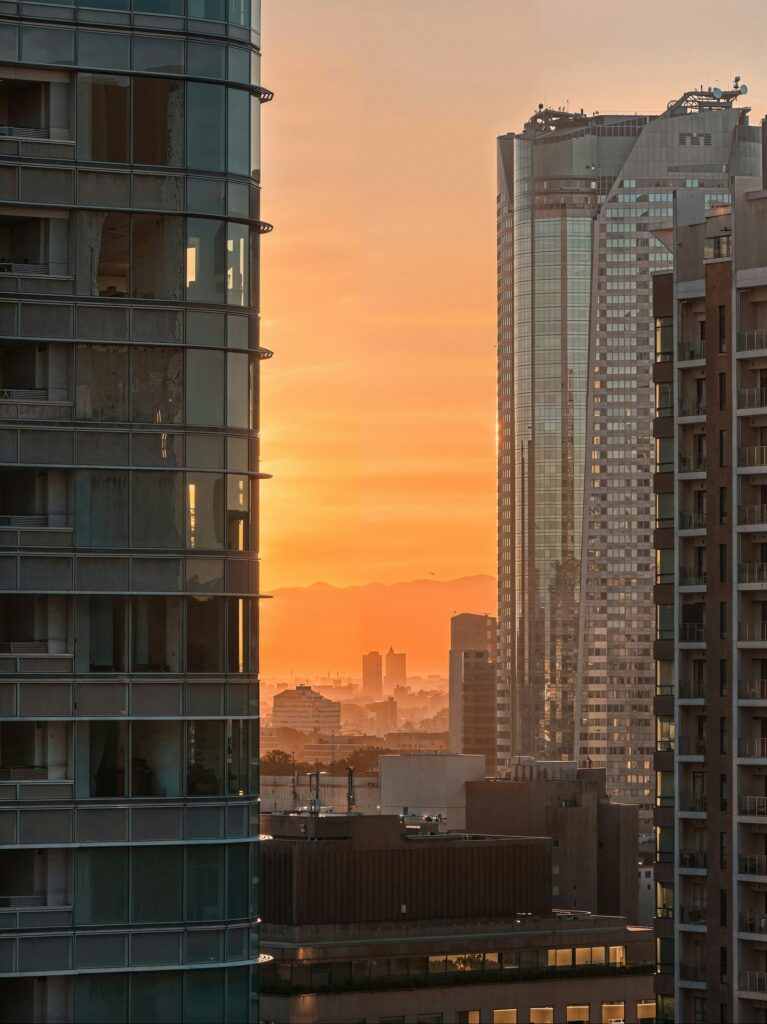
Tokyo Station/Marunouchi: Convenient Elegance
Ideal for: Sophisticated travellers who value precision and polish
The area around Tokyo Station combines convenience with sophistication. The station itself is a restored red-brick masterpiece, while the surrounding Marunouchi district houses upscale shopping and dining in elegant street-level arcades. Its central location makes it perfect for day trips, with direct access to bullet trains and airport transfers. The nearby Imperial Palace provides a peaceful morning jogging route, while the recently developed KITTE building offers a modern take on Japanese retail and dining.
Insider tip: The free observation deck at the KITTE building offers one of the best views of Tokyo Station and is far less crowded than the city’s paid viewpoints.
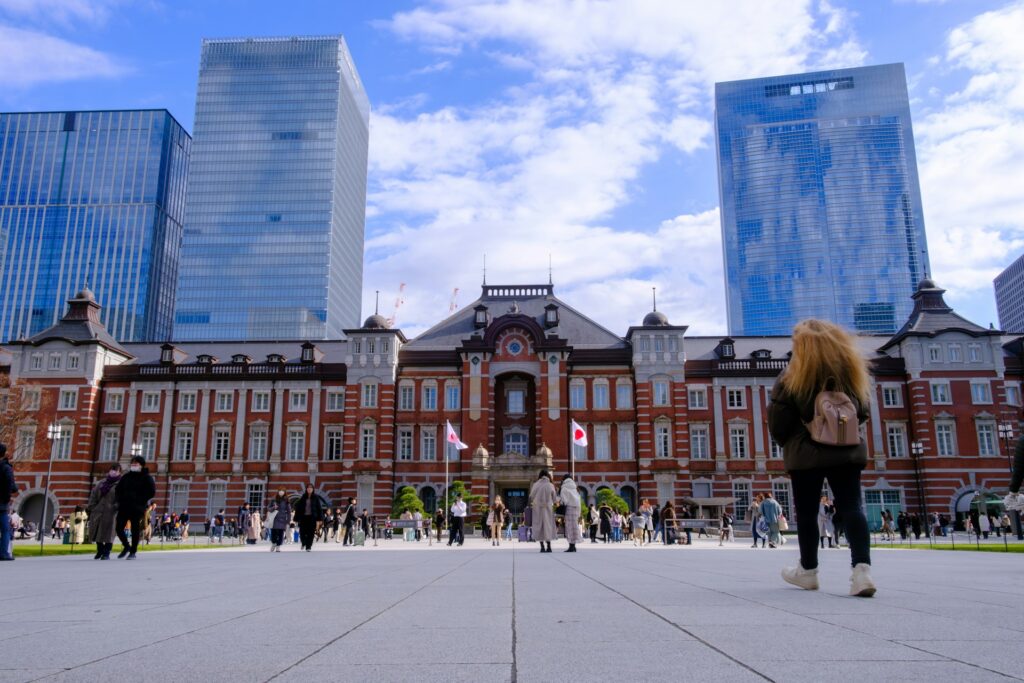
Daikanyama: Laid-back Luxury
Ideal for: Cool cats who prefer whispered elegance to shouted wealth
Often called the Brooklyn of Tokyo, Daikanyama masters understated sophistication. This low-rise neighbourhood of tree-lined streets houses cutting-edge fashion boutiques, design-focused cafés, and arguably Tokyo’s most beautiful bookstore, Tsutaya T-Site. The area’s relaxed pace makes it a perfect retreat after exploring the city’s more hectic districts.
Insider tip: The hidden pathway between Daikanyama and Nakameguro, known as the ‘Log Road’, offers delightful local boutiques and microbreweries that most tourists never discover.
Shimokitazawa: Creative Haven
Ideal for: Vintage-loving free spirits with an indie mindset
A maze of narrow streets packed with vintage shops, independent cafés, and live music venues, Shimokitazawa offers Tokyo’s creative heart on a human scale. This neighbourhood feels like a village within the city, with its own distinct rhythm and character. It’s perfect for those who want to experience local life away from the major tourist hubs while still maintaining easy access to central Tokyo.
Insider tip: The best vintage shops hide in the basement floors – look for stairs leading down from street level to find the real treasures.
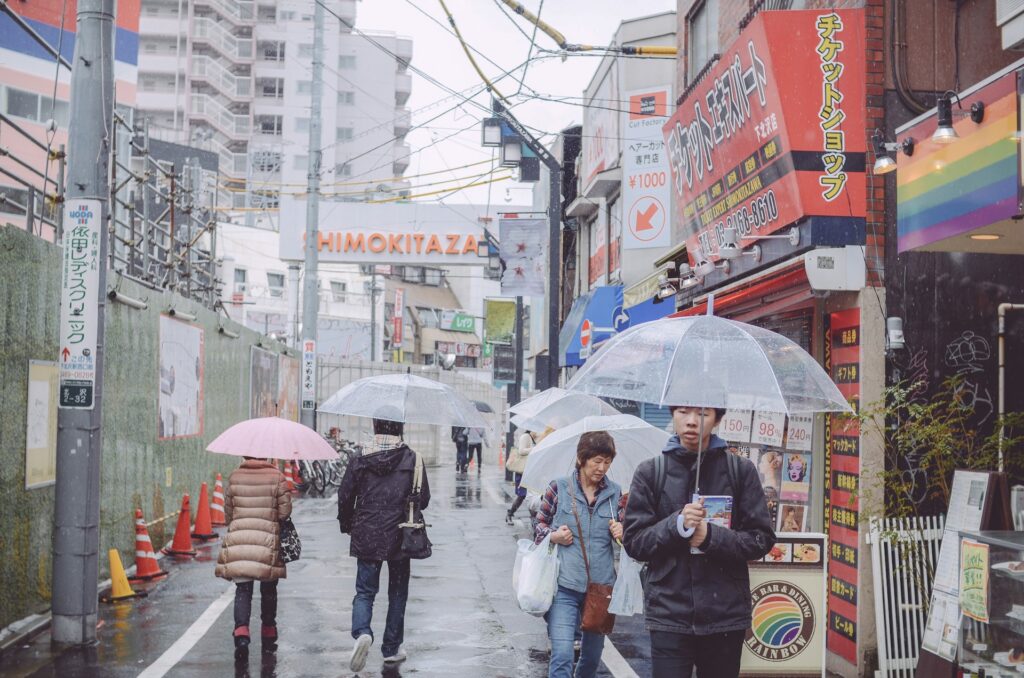
Tokyo Need-To-Know
While Tokyo’s efficiency is legendary, there are still a few insider tricks that can make your stay significantly smoother.
- Whichever neighbourhood you choose, ensure it’s on the Yamanote Line or has good connections to it – this circular railway connects most major districts. Consider your airport arrival time – if you’re landing late, staying near Tokyo Station or Shinjuku might be wisest for straightforward transport links.
- Remember that Tokyo’s excellent public transport system means you’re never far from anywhere, but having a comfortable base that matches your personality will significantly enhance your experience. First-timers often make the mistake of choosing the busiest areas, but consider whether you’d prefer returning to a quieter neighbourhood after a day of exploration.
- Mobile connectivity is essential for navigating Tokyo. Consider arranging an eSIM before departure – this will allow you to use maps, translation apps and stay connected from the moment you land, without the hassle of purchasing a physical SIM card at the airport. Many providers offer specific plans for Japan with reliable coverage throughout Tokyo. The Holafly eSIM for Japan offers seamless connectivity, flexibility and cost-effectiveness to stay connected while traveling in Tokyo or other parts of the country.
- Consider picking up a PASMO or Suica card as soon as you arrive. These prepaid transport cards work across all train lines and can also be used in convenience stores and vending machines.
- Most Tokyo accommodations have strict check-in times, typically no earlier than 3pm. If you’re arriving on an early flight, have a plan for your luggage – most major stations have secure lockers.
- While credit cards are increasingly accepted, carry cash for smaller establishments, especially in older neighbourhoods like Asakusa and Shimokitazawa.
- Download offline maps and a reliable translation app before arrival – while major areas have English signage, you’ll appreciate having these tools in less tourist-oriented districts.
The beauty of Tokyo lies in its contrasts, and each district offers a different perspective on this fascinating city. Choose wisely, and you’ll have the perfect launchpad for your Tokyo adventure.
Now we’ve dispensed with the capital city, care to take an onsen with us? Hmmm, that sounds a little strange…


